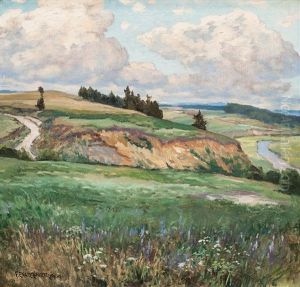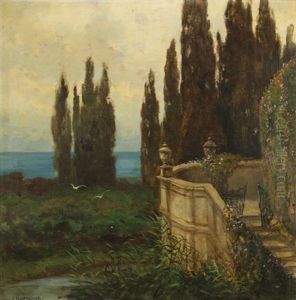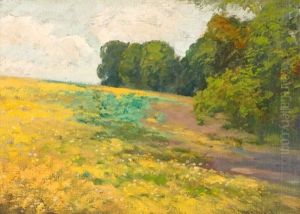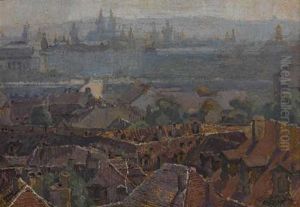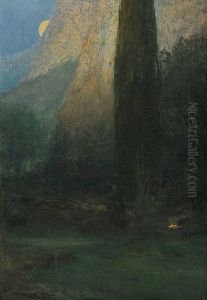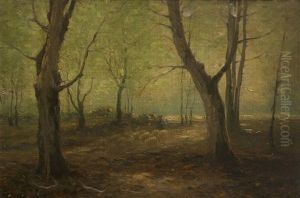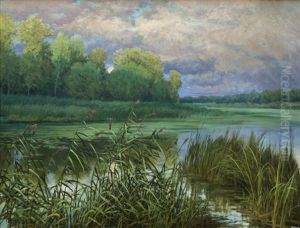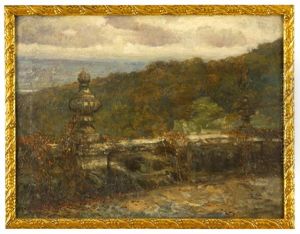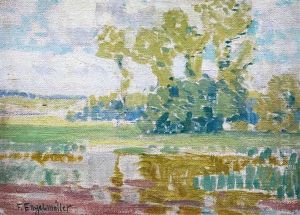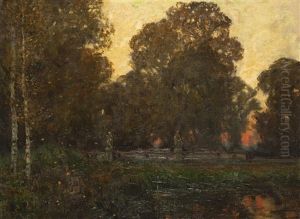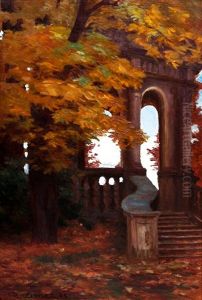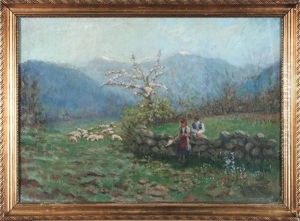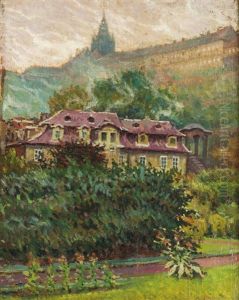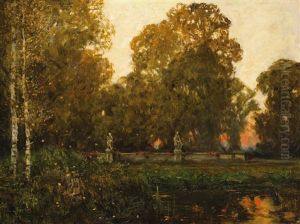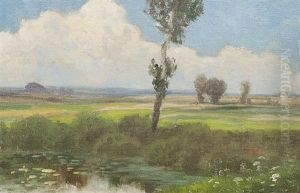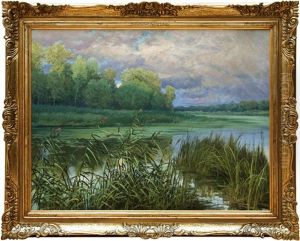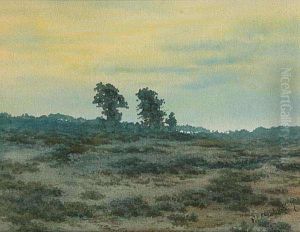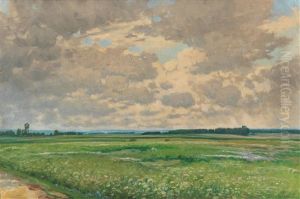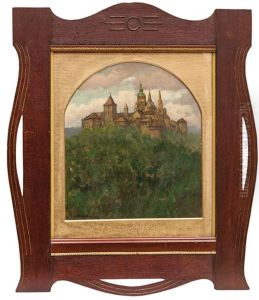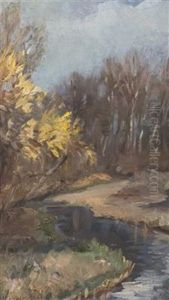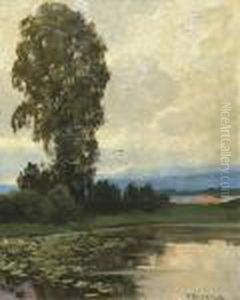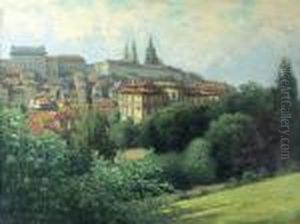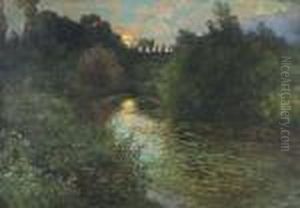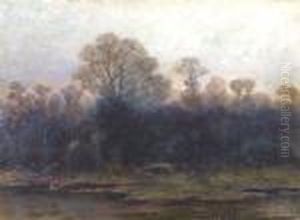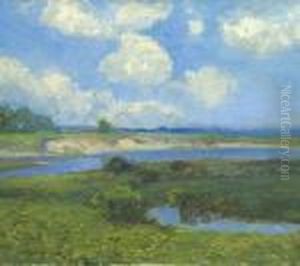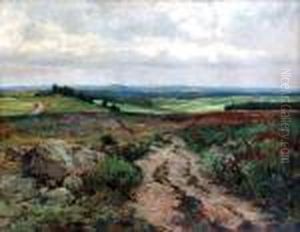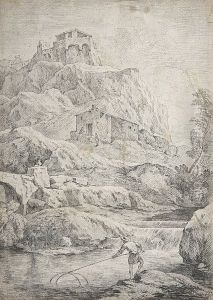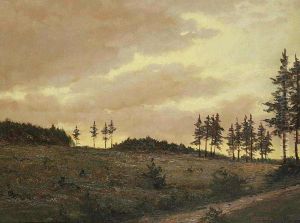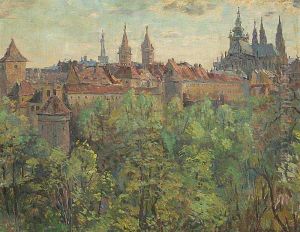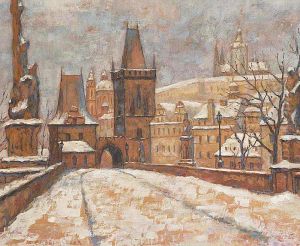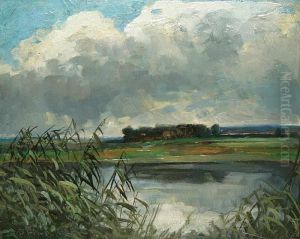Ferdinand Engelmuller Paintings
Ferdinand Engelmüller was a Czech painter and artist, known for his contributions to landscape and still life painting, as well as his involvement in the artistic life of Prague in the late 19th and early 20th centuries. Born in Prague, then part of the Austro-Hungarian Empire, Engelmüller studied at the Academy of Fine Arts in Prague under the guidance of notable artists such as Maximilian Pirner and Václav Brožík. His early work was influenced by the academic style, but he gradually shifted towards impressionism and symbolism, reflecting broader trends in European art. Engelmüller was a member of several key artistic societies, including Mánes Union of Fine Arts, which played a crucial role in the development of modern art in Bohemia. Through his involvement with Mánes, he participated in numerous exhibitions and contributed to the promotion of contemporary art movements within Prague and beyond. His landscapes, often depicting the Czech countryside or scenes from his travels abroad, are characterized by a vibrant use of color and light, capturing the transient effects of nature with a sense of immediacy and emotional depth. Engelmüller's still lifes and interiors also reveal his keen observation of detail and a profound appreciation for the beauty of everyday objects. Throughout his career, Engelmüller maintained a deep connection to his homeland, and his works frequently celebrate the Czech landscape and cultural heritage. Despite his significant contributions to Czech art, Engelmüller's work was somewhat overshadowed by his contemporaries, and he did not achieve the same level of international recognition as some of his peers. However, his paintings remain highly regarded within the Czech Republic, and his artistic legacy continues to be celebrated in exhibitions and collections. Engelmüller's dedication to capturing the essence of his subjects, combined with his innovative use of color and light, mark him as a pivotal figure in the transition from traditional to modern art in Czech history. He passed away in Prague in 1924, leaving behind a body of work that continues to inspire and captivate art lovers and historians alike.
